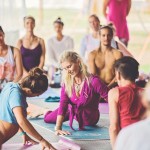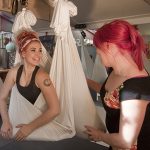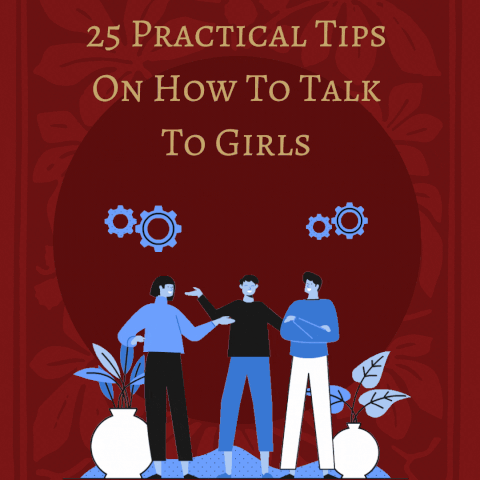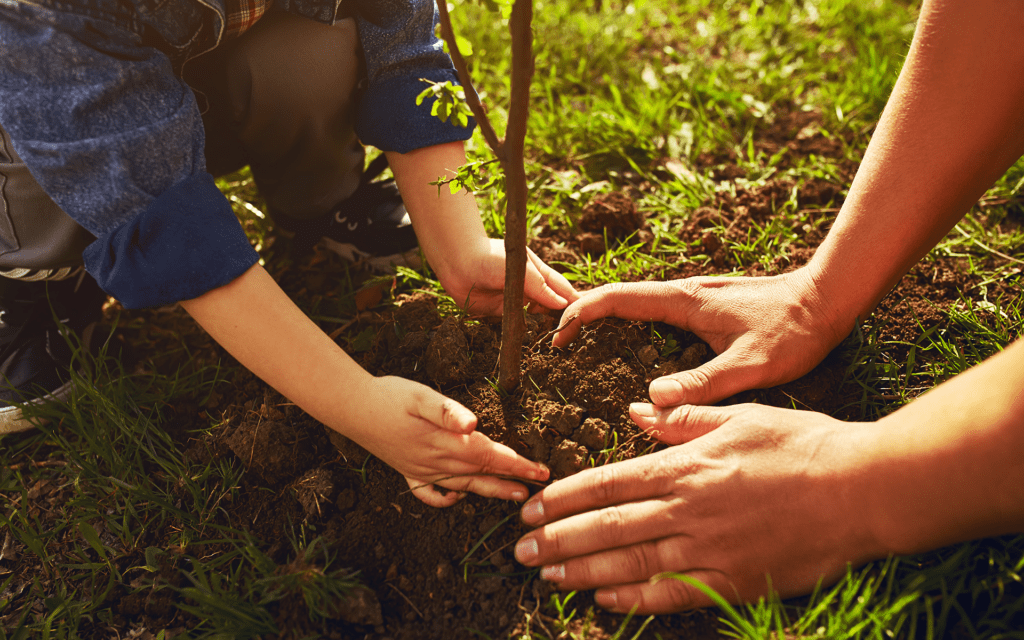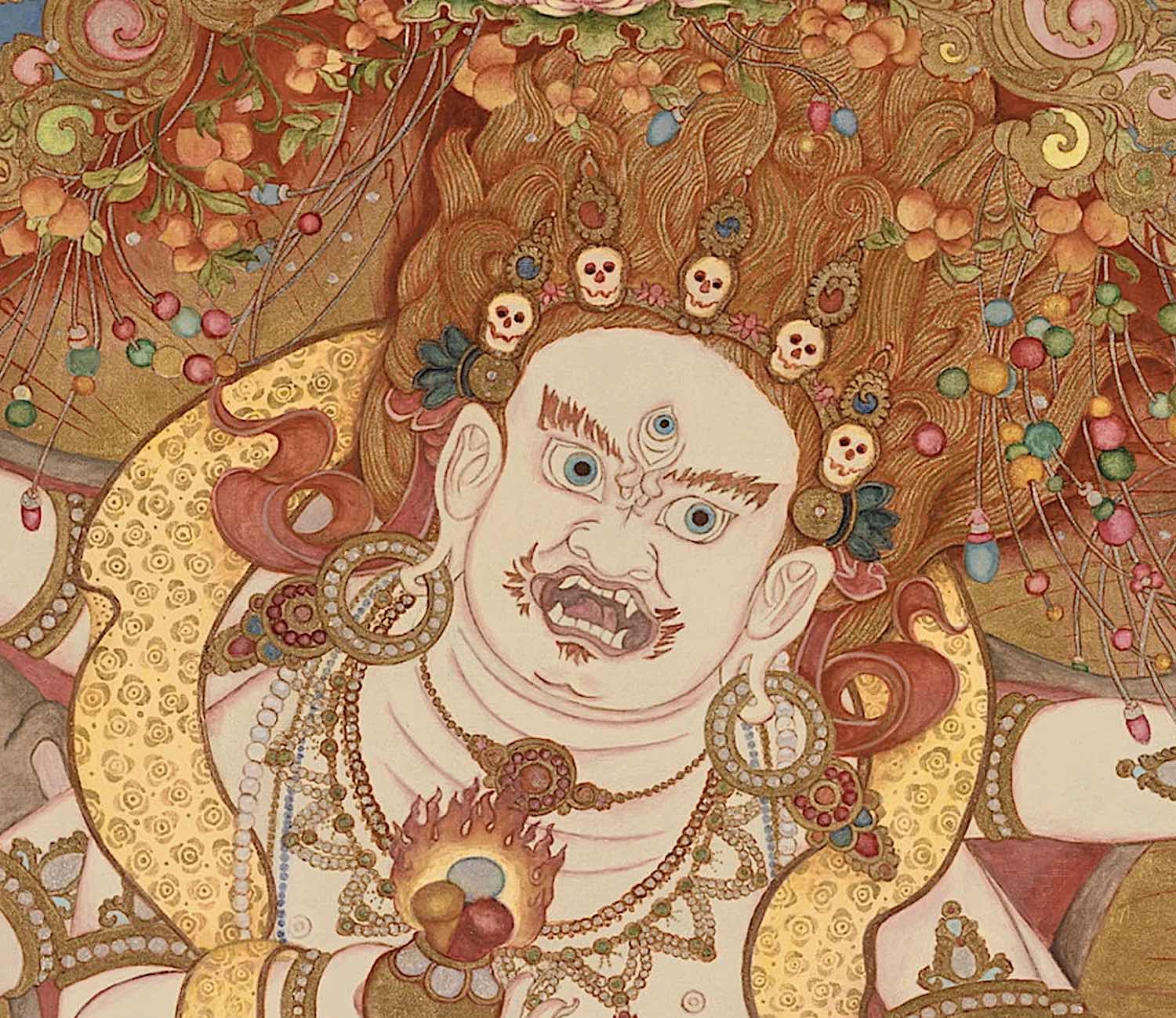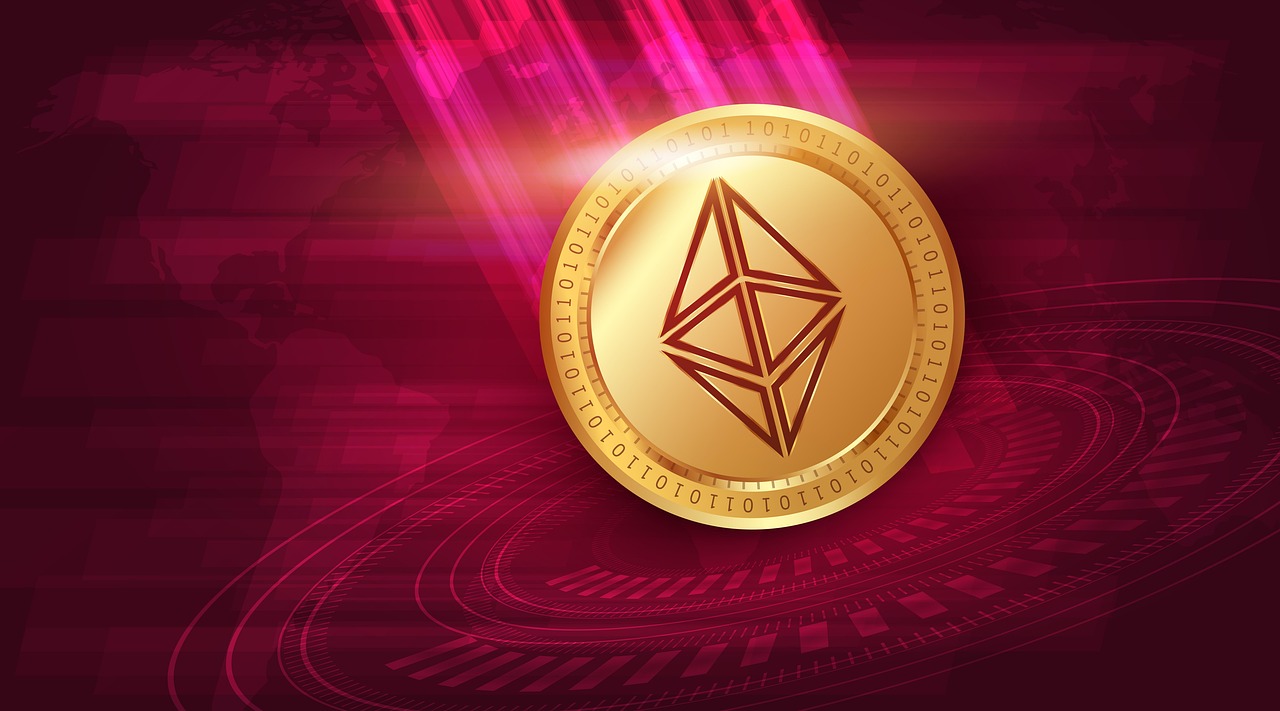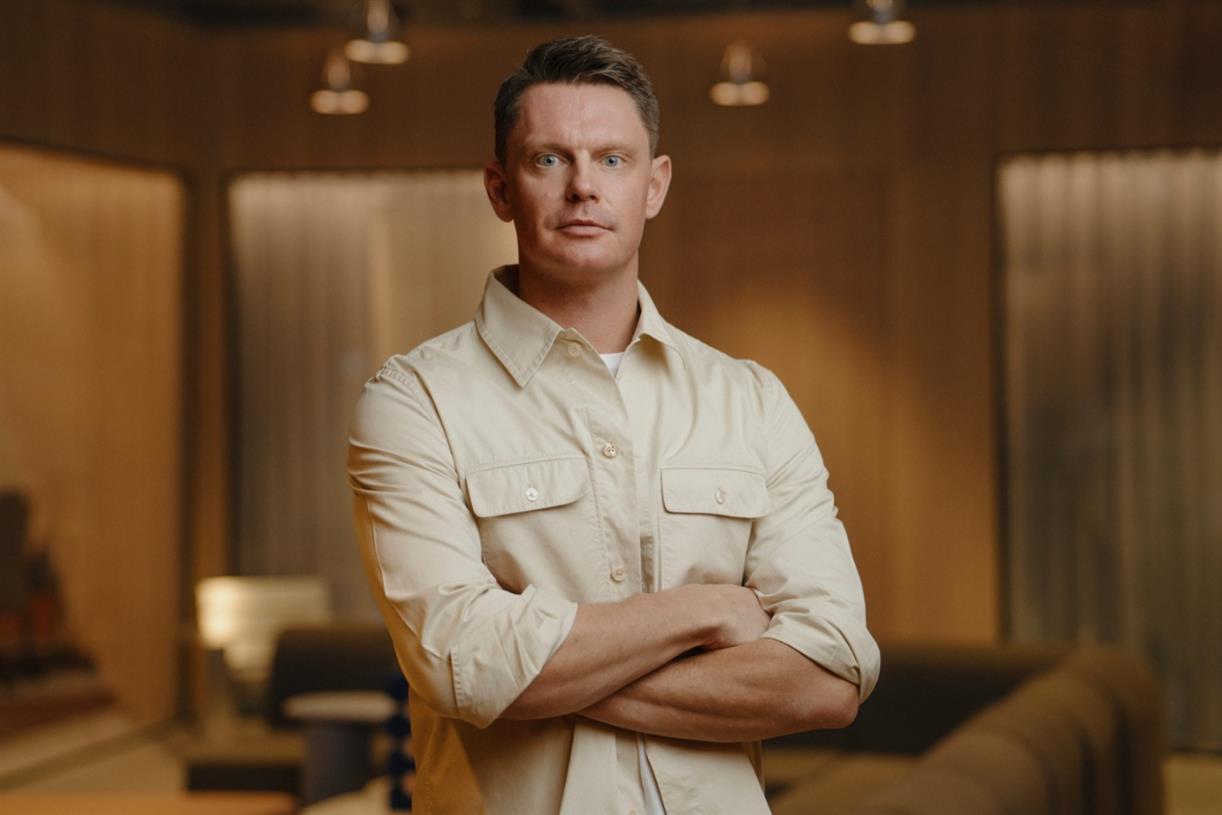Exploring Yoga Language and its impact on student experience
By Karla Brodie, reposted with permission from yogateachertraining.nz A great passion of mine is the evocative use of language to inform Yoga movement and rest practices. A teacher’s use of words has the power to evoke embodied experiences that...
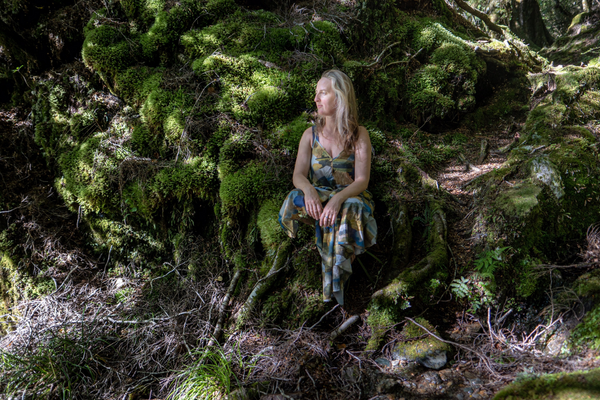
 Karla Brodie sitting in the forest on a mossy tree.
Karla Brodie sitting in the forest on a mossy tree.By Karla Brodie, reposted with permission from yogateachertraining.nz
A great passion of mine is the evocative use of language to inform Yoga movement and rest practices. A teacher’s use of words has the power to evoke embodied experiences that can be transformational for students.
My early years of yoga practice were visually orientated: Yoga practice was about what my alignment looked like and about rearranging muscles and bones to (con)form shapes (asana). Most yoga books described benefits of specific postures for various organs and body systems but these ideas remained conceptual for me – as ideas outside of my own experience.
Over many years of teaching, I’ve witnessed how aptly selected language supports students to visualise and actualise their own practice, where Yoga becomes a personal self expression that is revealed rather than an experience of moving muscles and bones into shape.
The use of evocative language in yoga taps into the sensorial body: tasting, touching, feeling, sensing and seeing. Creative language used to innervate movement principles, concepts and anatomy means that a student’s yoga practice emerges from a deep and growing understanding of their bodily world. Once connected to this embodied language, students’ develop their own unique understanding of their somatic selves.
My way into languaging yoga in this way is through Body-Mind Centering, a somatic practice founded by Bonnie Bainbridge Cohen. Two wonderful teachers Olive Bieringa and Otto Ramstad would come to New Zealand every few years and offer workshops, I was a thirsty horse at the trough, lapping up all that they shared.
For me, BMC realises innate truths about inhabiting a body and being in connection to all that exists, a kind of waking up.
My personal and teaching practice began to change in response to this learning. I consciously began to refine my language giving myself every opportunity when teaching a class to pause and re-pattern my language. For example, “inhale-exhale” became “breathe your arms up” and the often-heard teacher instruction “tuck your tail” became “unfurl, coil, swish, wag, spiral, reach”. Yoga teaching as a practice became its own work in progress – a process witnessed and engaged with by students. I’ve surrendered any need to be overly polished or perfectly presented and now focus on the co-construction of a shared practice with students who viscerally respond with their own interpretation. Students are also encouraged to build their own language repertoire and to story and re-story their own practice.
The way in which we language movement can evoke quite different movement expressions that empower students to be bold, go deep, deconstruct and most importantly find a yoga practice that is a breathing and living embodiment of self. Yoga practice is, in my view, not about what the teacher wants. Unfortunately some phrases some teachers use, such as “I’d like you to” or “do this” lead to a “simon says” approach. Whereas engaging with students through shared and expressive language opens up a lateral and democratic flow of ideas between and among students and their teacher.
I have eliminated the word “don’t” and instead I say “do” recasting a negative into a positive. Both words are powerful and have a place – “don’t” leans to a restrictive, inhibitive, rule-based instruction whereas “do” speaks to the action to be taken and is permissive and friendly. Likewise an instruction to a student to “try this” I’ve replaced with suggestive language such as “explore… feel into … be curious about…”. When I feedback to students I may say, “what I’m seeing in the group is a clear integration of ____ and ____”. This speaks to what I am actually seeing so my feedback is specific and encouraging.
While seeking freedom and openness in language, I also recognise the need to be strong and specific. A few common examples follow:
“straighten your leg” can be expressed as “plant your foot into the ground and suspend through the arch of the foot into a lengthening leg”;“straighten the spine” can be more accurately and energetically expressed as “elongate the spine” or “find length and suspension” (spines not straight); and“in your own time …” can be confusing as the student translates time into minutes – one minute or ten minutes? However, saying “over the next few breaths ease into ..” provides containment and spaciousness.Reconstructing your yoga teacher language
Reflect on the language you use frequently and introduce new phrases into a class, observing if a change in language yields a different quality of movement. Consider the movement intention, for example is an instruction to “extend further” the aim? Instead of “sink into” observe what occurs when you suggest “floating” or “releasing”. What if you played with multiple directions such as in/out, up/down. Rather than “stand up straight be like a tree” consider language phrases such as “root down to support a suspension up” and when up, “loop down again, cycling through from down to up, up to down…”
Play with stripping back language so each word and phrase is curated in the moment. Instead of throw away words such as “beautiful, lovely, sweet, nice” look for more authentic descriptors that match what you are seeing – perhaps “savoury, tasty, salty, engaging”. Rather than “drop your knee down” you could evoke softness with “ease your knee to the ground”.
Use language artfully and remove redundant language to create an aural spaciousness so students can “hear” their own bodies. Create new awareness about the space and how students are using it. Play with pauses and use movement to express action so instead of a preparatory phrase like “now we are gonna” or “let’s do …” simply move straight to action, that is, show not tell. Finally, consider using space differently inviting students to feel, sense, explore, be curious about, be present to, notice. Change the space-movement pattern. For example, “come to the front of your mat, inhale arms up” may become “start from the back of your mat, exhale…”. This may support a student getting grounded before a suspension or expanding movement.
Exploring language that evokes an embodied experience is a lifelong passion and practice, I trust some seeds may be sown … and feel welcome to share your experiences.

Karla has practiced yoga since 1994. She completed a three-year teacher training apprenticeship at the Auckland Yoga Academy in 2002, teaching extensively here from 2000-2008. Karla began study with Donna Farhi in 2002, completing her advanced teacher training in 2005. Since then, she has assisted Donna on intensives and Teacher Training’s in New Zealand, Australia and Spain. As well as teaching weekly classes and private lessons, Karla is one of the primary tutors of an internationally accredited and comprehensive yoga teacher training programme based in Auckland. In 2015 Karla co-founded of the Contemporary Yoga Centre, a school in Remuera, Auckland dedicated to excellence in mind-body approaches to yoga. See Karla’s upcoming teacher trainings in the Yoga Lunchbox Teacher Training Guide.
Similar Articles You May Enjoy
The Tapestry of Yoga Cueing: Four Keys to Mastering Yoga Teaching
By Michelle Jayne, Yoga facilitator, therapist & coach "Step your foot forward and stretch your arms up." I looked around the studio I was practicing in, trying to figure out if we were still on the right leg, or without warning, this had changed. "Square your hips forward, breath in,…
Hybrid Yoga Styles: Do They Enrich Yoga or Dilute It?
by Jo Stewart, Garden of Yoga A quick google search will turn up all kinds of yoga hybrids—think Bungee Yoga, Antigravity Aerial Yoga, HIIT Yoga, Beer Yoga, Vinyasa + Vino, Doga, Meowga, and Goat Yoga—and these are just a small sample of the pun-tastic world of hybridised yoga. While I…
Yoga trippy – an Indian viewpoint of Western Yoga
an essay by guest author Ali Halle Tilley Yoga is an ancient practice, which can bring transformation and liberation to the disillusioned, disenfranchised masses[1] of the Technological Age by combining universal moral codes and postural sequences, with breathing and meditation techniques. One main challenge for yoga practiced in the West,…

 MikeTyes
MikeTyes 